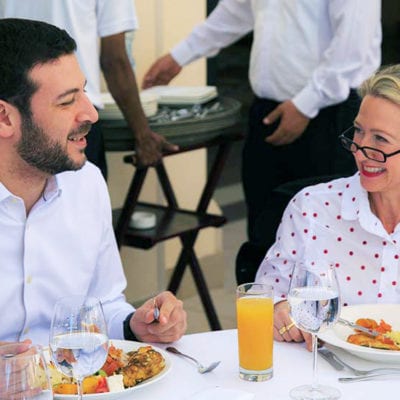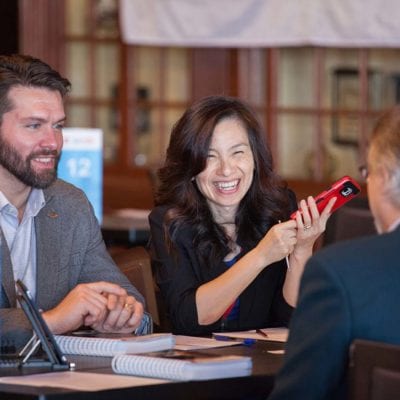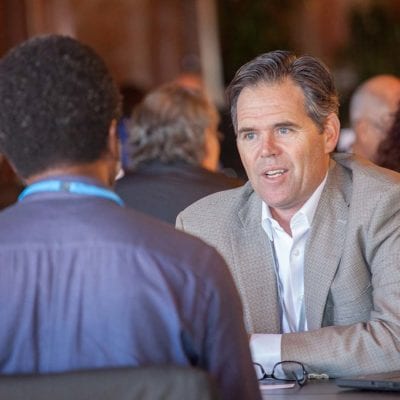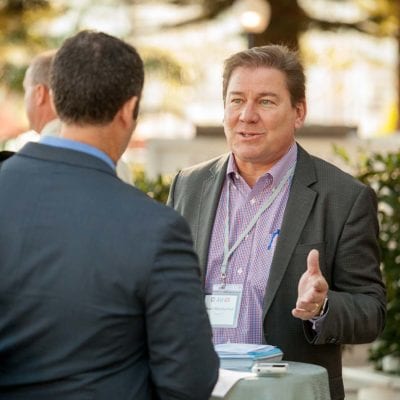Arc US 2019

America’s Leading Architects Forum
November 7-10, 2019
Florida, USA
About
Arc US brings America’s top Principal Architects together in one place for 4 days and 3 nights. Principals learn about new solutions that they can pass on to their clients and enhance their businesses. They do this through expert seminars and a series of private, pre-selected meetings with leaders of innovative, high-end supplier companies.
Your meetings are with national managers or company presidents. I now have a high-level name and face associated to many of the building products we specify and use every day.


Anne Whitacre
Attendees
We pre-qualify designers to meet the following criteria:
1. Principal, Director, Vice President
2. Significant portfolio of projects in North America
3. Top architecture/design firm
Confirmed attendees for 2019 include:
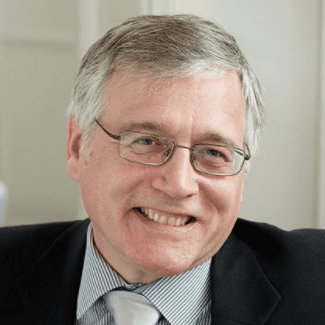

Tim Taylor
Principal
Gensler


Julia Campbell
Principal Interiors & Architecture
AECOM
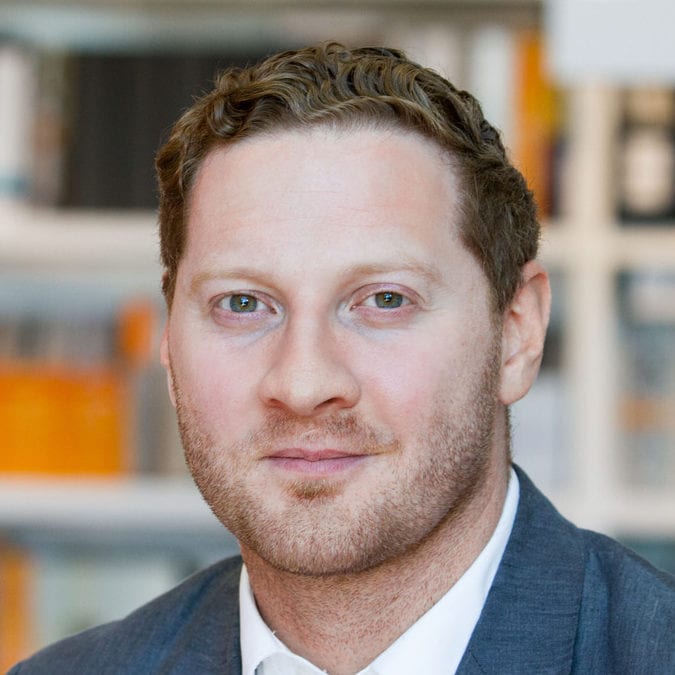

Colin Rohlfing
Director, Sustainable Development
HDR
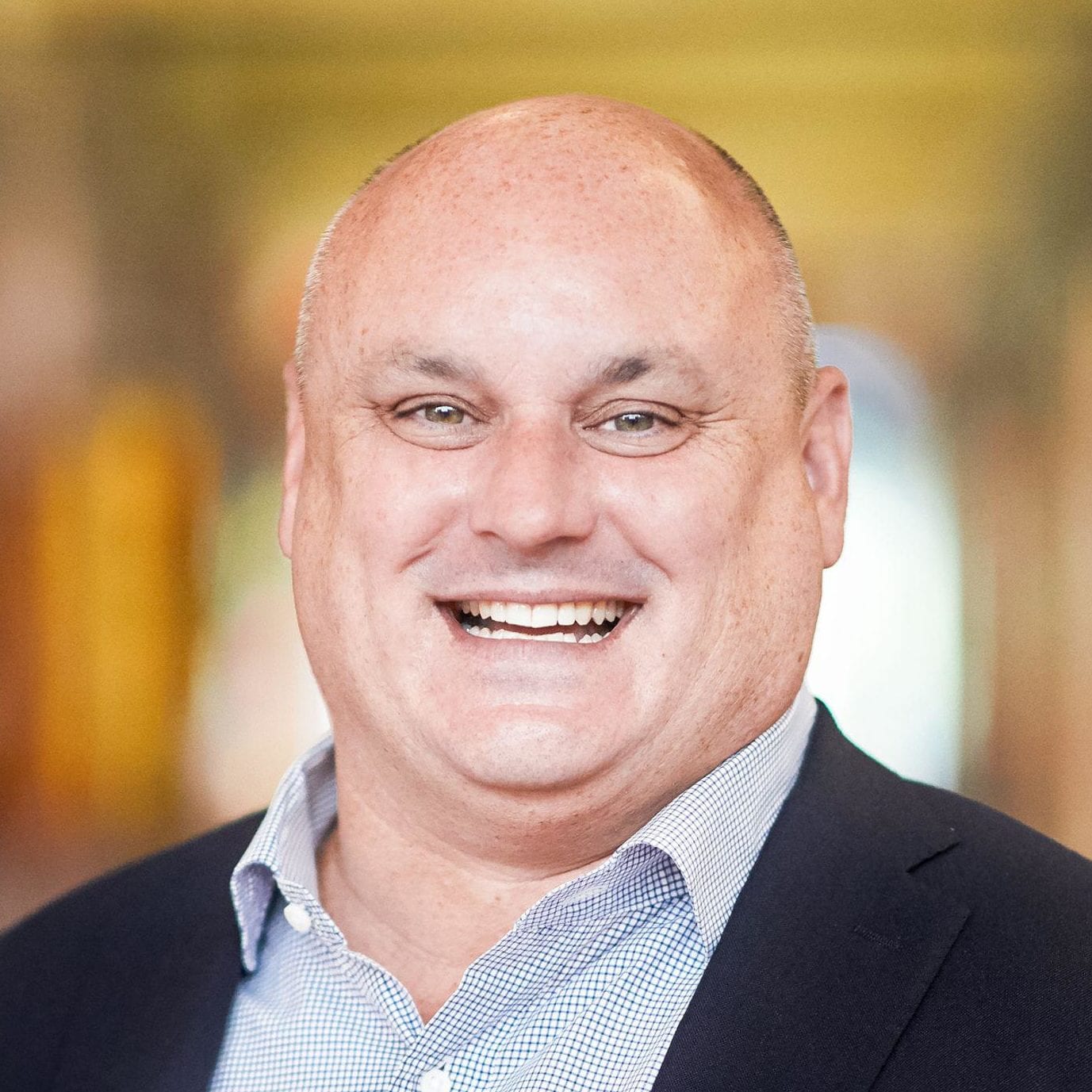

Bruce McEvoy
Design Principal
Perkins+Will


Salim Kumar Narayanan
Director and Sr. Practice Lead, Architecture
IBI Group


Anton Foss
Managing Principal
HOK


Cynthia Walston
Senior Principal
FKP Architects
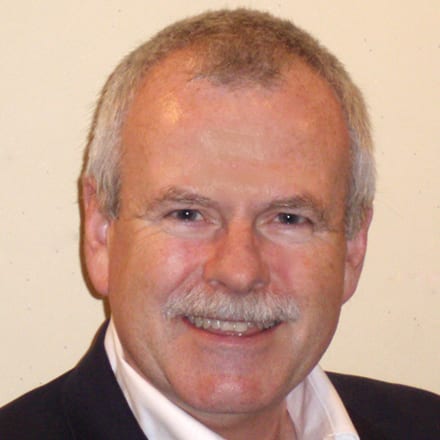

Richard Northway
Principal
Perkins Eastman
90% success rate with our meetings which were excellent! One of the best events for meeting architects, ever!


Casey Robb
Program
Seminar timings and/or content may be varied at our discretion.
- Day 1
- Day 2
- Day 3
- Day 4
Thursday, November 7
Synopsis
The Architect of the Capitol recently led a complete restoration of the cast iron Dome of the U.S. Capitol Building. In this session, the 11th Architect of the Capitol will present a comprehensive overview of the project with stunning images and fun stories. He will explore the politics of public projects on Capitol Hill and review how to drive public engagement on projects. He will also review the planning and research that went into determining the best repair techniques for 150-year-old cast iron. An overview of the environmental issues, the more than a million pounds of unique scaffolding and the historical paint analysis are also included.
Biography
In 2010, Stephen T. Ayers, FAIA was appointed by the President of the United States to serve as Architect of the Capitol. He was responsible for the U.S. Capitol Building, more than 570 acres of grounds, and 18.6 million square feet of buildings. He oversaw approximately 2,300 employees and an annual budget of $730 million.
Mr. Ayers served as Chairman of the Board of Directors of the National Institute of Building Sciences, the Construction Management Association of America and the Construction Users Roundtable.
Mr. Ayers is a licensed architect in California and a Fellow of the American Institute of Architects. He received his Bachelor of Science degree in Architecture from the University of Maryland and earned his Master of Science degree in Systems Management from the University of Southern California. He was awarded an honorary Doctor of Public Design by the Boston Architectural College in recognition of his service as a champion of historic preservation, great public design and sustainability.
The University of Maryland presented Mr. Ayers with their Distinguished Alumni Award and the Sigma Delta Tau Silver Medal. He is also the recipient of the Carroll H. Dunn Award and the Jefferson Award for Public Architecture.
Friday, November 8
Synopsis
Predictability is power, whether related to air travel, investing money, or simply relying on red to follow yellow at a traffic signal. Predictability can bring stability, build fortunes, and provide a foundation for innovation. Lack of predictability can drive chaos, destroy wealth, create traffic jams, or worse. As valuable as predictability is, the design and construction industries have a terrible time creating predictable outcomes. In 2016, A McKinsey report documented “large projects across asset classes typically take 20 percent longer to finish than scheduled and are up to 80 percent over budget”. To experienced professionals in the design and construction industries, this is not surprising news. Despite the endless search for the perfect process to fix these problems, it turns out that bad teams can screw up any process. It turns out that predictable outcomes are a product of culture, not process. In 2010, Barbara White Bryson observed in The Owner’s Dilemma, collaborative leadership and decision-making by owners can improve project outcomes. In this presentation, Creating a Culture of Predictable Outcomes, Dr. Bryson will demonstrate the importance of creating an industry and culture grounded in purposeful leadership, transparent collaboration, and “master-chef-level” decision-making to finally address massive inefficiencies, waste, and unpredictability.
Biography
Dr. Barbara White Bryson is the Associate Dean for Research and Academic Affairs at the College of Architecture Planning and Landscape Architecture at the University of Arizona. Her 40-year career includes nearly two decades of practice in architecture, leading large institutional and corporate projects, and another two decades in higher education serving as University Architect at the University of Miami in Coral Gables, Associate Vice President of Facilities and Planning at Rice University in Houston, and Vice President of Strategic Planning and Analysis at the University of Arizona. Barbara was elevated to the AIA College of Fellows for her work in integrated planning in 2008 and honored as a Senior Fellow of the Design Futures Council in 2010. Together with Canan Yetmen, Barbara co-authored The Owners Dilemma: Driving Success and Innovation in the Design and Construction Industry. Barbara continues to push the boundaries of industry innovation as managing principal of strategic futures at DI Strategic Advisors.Saturday, November 9
Synopsis
Technologies like CAD and BIM have changed–but hardly revolutionized–the building industry, and it can be argued that neither engendered fundamental change. With the second digital turn upon us and with it the possibilities of big data and artificial intelligence, is real disruption a possibility? This talk will define six technologies likely to combine to bring that disruption and argue that a seventh—radical change in project delivery, business models and propositions of practice—can improve the processes, results and profitability of the building enterprise, and that all must occur in concert to truly move the industry forward.
Biography
Phil Bernstein FAIA, is an Associate Dean and Professor, Adjunct at the Yale School of Architecture, where he has taught courses in professional practice, project delivery, and technology since 1988. He was formerly a Vice President at Autodesk, where he was responsible for setting the company’s future vision and strategy for technology and sustaining the firm's relationships with strategic industry leaders and associations. Prior to joining Autodesk, Phil practiced architecture as a principal at Cesar Pelli & Associates (now Pelli Clarke + Partners) where he managed many of the firm’s most complex commissions including projects for Reagan National Airport, the Mayo Clinic, and Goldman Sachs. He writes extensively on issues of architectural practice and technology, and his books include Architecture | Design | Data – Practice Competency in the Era of Computation (Birkhauser, 2018) and Machine Design: Architectural Futures in the Era of Artificial Intelligence (RIBA, 2022). Phil has been honored twice by DesignIntelligence as one of the “30 Most Admired Educators in Architecture” and was named as an Outstanding Industry Contributor by the Connecticut Construction Institute. He received a Bachelor of Arts magna cum laude with Distinction in Architecture from Yale University and a Master of Architecture also from Yale. He is licensed to practice in California.
Synopsis
This seminar begins with a macroeconomic overview of how the US economy is likely to perform in 2020, to gain better insight into how overall construction activity will perform during the coming year. To that end, Eisenberg will discuss how US GDP is likely to perform and the possible timing, and severity of the next recession by carefully examining household consumption, corporate investment, government spending and net exports.
Eisenberg will then offer a detailed discussion of the employment situation, wage growth, household formation, population growth, immigration, auto sales, consumer and small business confidence, corporate profits, inflation and the likely path of interest rates in the coming year as these variables strongly influence the demand for architectural services.
Eisenberg will then focus on construction activity including residential, commercial, industrial and public by examining trends as well as leading and coincident economic indicators of such activity and discuss the likely path forward. Eisenberg will also look at sale prices by region and property type, capitalization rates, the severity of the labor shortage, demographics and more. He will close by looking at current and future economic conditions across all 50 states.
Biography
Elliot Eisenberg, Ph.D. is an internationally acclaimed economist and public speaker specializing in making economics fun, relevant and educational. Dr. Eisenberg earned a B.A. in economics with first class honors from McGill University in Montreal, as well as a Master and Ph.D. in public administration from Syracuse University. Eisenberg is the Chief Economist for GraphsandLaughs, LLC, a Miami-based economic consultancy that serves a variety of clients across the United States. He writes a syndicated column and authors a daily 70-word commentary on the economy that is available at www.econ70.com.
Dr. Eisenberg has spoken to hundreds of business groups and associations, serving as keynote speaker on topics including economic forecasts, economic impact of industries such as homebuilding, consequences of government regulation, and other current economic issues. Dr. Eisenberg has been invited to testify before lawmakers and is often asked to comment on proposed legislation. His research and opinions have been featured in Bloomberg Businessweek, Bureau of National Affairs, Forbes, Fortune, and many other publications. He is a regularly featured guest on talk, and public radio.
Dr. Eisenberg was formerly a Senior Economist with the National Association of Home Builders in Washington, D.C. He is the creator of the multifamily stock index (the first nationally recognized index to track the total return of public firms principally involved in the ownership and management of apartments), the author of more than 100 articles, serves on the Expert Advisory Board of Mortgage Market Guide and is a regular consultant to several large real estate professional associations, financial institutions and investment advisory groups.
Elliot’s interests include walking at least five miles a day and reading as many newspapers as he can get his hands on. He loves ice hockey and talking economics with crowds large and small!
Sunday, November 10
Venue
The Diplomat Beach Resort
On one of the most remarkable stretches of sand and sea in South Florida, The Diplomat Beach Resort is ideally situated between Miami and Fort Lauderdale along Hollywood’s Gold Coast.





